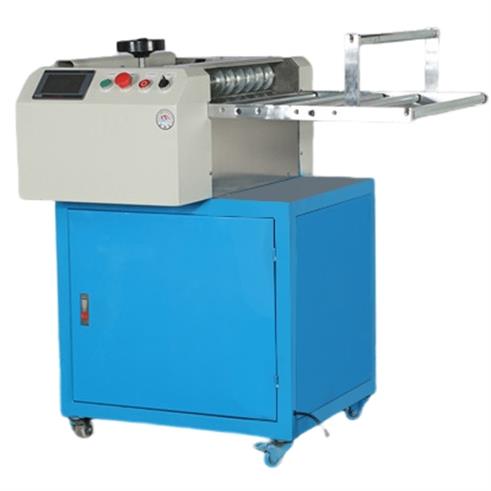Innovative technologies in the cutting of silicone rubber, especially with regards to the "550" cutting technique, have been instrumental in enhancing efficiency, precision, and versatility in various industries.

Laser Cutting Systems
Laser cutting technology has revolutionized the precision cutting of silicone rubber. High-powered lasers are utilized to precisely melt, vaporize, or burn through silicone rubber sheets, allowing for intricate designs and high-speed production. The "550" cutting technique may incorporate advancements in laser optics, control systems, and cooling mechanisms to optimize cutting performance.
Water Jet Cutting
Water jet cutting employs a high-pressure stream of water mixed with abrasive materials to cut through silicone rubber with exceptional precision and minimal heat generation. Advanced water jet systems integrate computer numerical control (CNC) technology for automated cutting of complex shapes and patterns, making them suitable for various silicone rubber applications.
Ultrasonic Cutting
Ultrasonic cutting utilizes high-frequency vibrations to cut through silicone rubber cleanly and efficiently. This technology minimizes material distortion and ensures precise cuts, particularly for thin or delicate silicone rubber components. Innovations in ultrasonic cutting equipment may focus on enhancing cutting speed, energy efficiency, and compatibility with different silicone rubber formulations.
Cryogenic Cutting
Cryogenic cutting involves using extremely low temperatures to freeze silicone rubber before cutting, which reduces material deformation and enhances cutting precision. Liquid nitrogen or carbon dioxide is often employed in cryogenic cutting systems to achieve sub-zero temperatures rapidly. Advances in cryogenic cutting may involve optimizing cooling methods and controlling thermal stresses to improve cutting quality and efficiency.
Abrasive Cutting
Abrasive cutting methods utilize abrasive particles suspended in a fluid stream to wear away silicone rubber material. This technique is effective for thick or dense silicone rubber components and can achieve high cutting speeds with minimal tool wear. Innovations in abrasive cutting may focus on abrasive material selection, nozzle design, and process parameters to maximize cutting efficiency and surface finish.
Computer-Aided Design (CAD) and Computer-Aided Manufacturing (CAM)
CAD/CAM systems play a crucial role in designing intricate shapes and patterns for silicone rubber components and generating tool paths for cutting operations. Advanced CAD/CAM software allows for seamless integration with cutting machines, enabling efficient production of customized silicone rubber parts with precise dimensions and tolerances.
Robotics and Automation
Integration of robotics and automation technologies enhances the efficiency and flexibility of silicone Rubber Cutting processes. Robotic systems equipped with advanced end-effectors and vision systems can perform complex cutting tasks with high speed and accuracy, while automated material handling systems optimize workflow and minimize downtime.
Material Handling and Waste Reduction
Innovative material handling solutions, such as vacuum-based grippers and conveyor systems, streamline the loading, positioning, and unloading of silicone rubber sheets during cutting operations. Additionally, advancements in waste reduction techniques, such as nesting algorithms and optimization software, help minimize material waste and maximize material utilization efficiency.
These innovative technologies contribute to the continuous improvement of silicone rubber cutting processes, enabling manufacturers to meet the growing demands for precision, efficiency, and customization in various industries.